Family hatchbacks are a fundamental part of the automotive landscape. They continue to attract both private buyers and company car users, even though the popularity of SUVs has been steadily increasing.
As a result, there’s a wide range of used family hatchbacks available on the market. However, as highlighted by our Reliability Survey results, not every model in this category guarantees trouble-free ownership.
In fact, this segment recorded one of the lowest average scores among all categories in the latest survey, achieving a score of 91.1% for vehicles up to five years old.
On the positive side, several models stand out for their dependability. These include the previous generation of the Skoda Octavia and the BMW 1 Series. For those interested in hybrid options, the Mercedes A-Class and Hyundai Ioniq are worthy contenders to consider.
Electrical issues especially faults with infotainment systems—are the most frequently reported problems in family cars. Therefore, it’s a smart move to check these components carefully when shopping for a second-hand vehicle.
For this article, all the data presented pertains specifically to family hatchbacks that are up to five years old.
Skoda Octavia petrol (2013–2020)
Reliability rating: 99.3%
Even though this generation of the Octavia is now only available as a used car, it remains a compelling choice for those seeking a family hatchback that delivers comfort, a generous feature set, and exceptional space.
It’s also attractively priced on the used market and relatively inexpensive to run particularly if you go for a diesel variant or the more recent 1.0 TSI 115 three-cylinder petrol engine, which boasts an official fuel economy of 58.9mpg.
Petrol-powered models from the previous Octavia generation earned a near-perfect reliability rating. They offer a far more reliable alternative than the newer generation (covered below), with only 6% of cars encountering issues.
Importantly, the reported faults were all minor: they didn’t result in any breakdowns, were resolved within a day, and repairs were carried out at no cost to the owner.
The Skoda Octavia stands as the brand’s best-selling model globally. With such widespread appeal comes significant responsibility, so when the third-generation Octavia was launched in 2013, its slight move upmarket was considered somewhat of a risk.

However, the gamble quickly paid off, as the Octavia enjoyed strong sales and rapidly earned a reputation as a sensible, practical family hatchback. It proved capable of going head-to-head with more premium competitors like the Audi A3 and VW Golf.
Its popularity was such that the model remained in production—receiving just one facelift in 2017—until it was ultimately succeeded in 2020 by an all-new, larger fourth-generation version.
The enduring Skoda Octavia is a comfortable, impressively spacious car and makes a great choice on the used market.
The Octavia is powered by a variety of well-known Volkswagen Group engines. These include a 113bhp 1.0-litre petrol, a 148bhp 1.4-litre petrol (which was later updated to a 1.5-litre version), a 113bhp 1.6-litre diesel, and a 148bhp 2.0-litre diesel.
The more dynamic Skoda Octavia vRS variants are also available, offered with either petrol or diesel engines.
All available engines deliver satisfactory performance, capable of accelerating from 0-62mph in under 10 seconds.
However, the larger engines offer greater flexibility, making them better suited for motorway driving and longer journeys across country.
The 2017 facelift brought a refreshed front-end design featuring quad headlights, although styling updates were otherwise minimal.
Each version received additional equipment, and the older 1.2-litre and 1.4-litre turbocharged petrol engines were phased out in favour of newer 1.0-litre and 1.5-litre units.
While the Octavia doesn’t quite match the Golf’s silky-smooth ride, it remains very comfortable and outperforms many of its competitors in this regard.
Though it’s not designed as a sports car, it handles with confidence; its steering is responsive and the suspension is well-balanced, resulting in quick direction changes and a composed feel. There’s also a generous amount of grip, adding to the secure driving experience.
Although the cabin doesn’t reach full premium status (not surprising given the absence of a premium badge), it’s a clear step above most mainstream alternatives, like the Seat Leon. The interior includes several soft-touch surfaces, and the switchgear has a notably refined feel.
The Octavia is built on a shared platform with other Volkswagen Group models, but it’s been extended to offer improved cabin and luggage space.
In terms of roominess and versatility, it’s hard to beat—offering ample head and legroom as well as an exceptionally large boot, making it ideal for family use.
Buyers can choose from a variety of trims, starting with the basic S model and going up to the fully-loaded Laurin & Klement version. In between, popular choices include SE, SE Technology, and SE L. The SE trim includes dual-zone climate control and front fog lights as standard.
SE Technology upgrades to a better touchscreen navigation system and, in later versions, introduces automatic emergency braking. The SE L trim adds stylish Alcantara seat upholstery and privacy glass.
Mercedes A-Class hybrid (2018–present)
Reliability rating 98.7%
The A-Class may be the smallest and most budget-friendly model in Mercedes’ lineup, but it remains a solid pick thanks to its sophisticated design, comfortable ride, engaging driving experience, and an abundance of advanced, user-friendly technology.
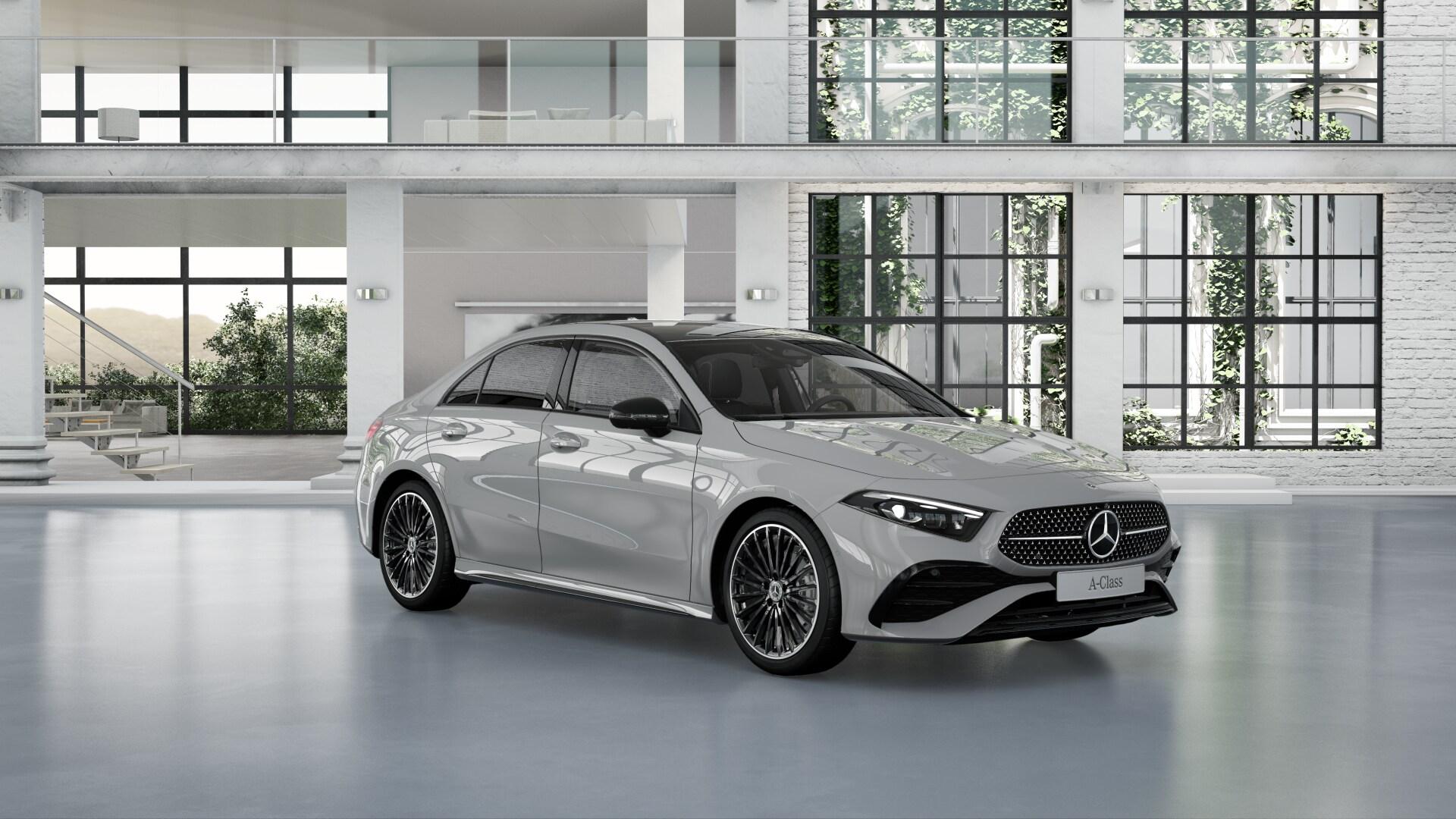
Hybrid variants of the A-Class experience fewer problems than their petrol counterparts (11% versus 21%), and when issues do occur, they tend to be resolved more quickly and at a lower cost.
The only notable concern reported involved the interior trim. All faulty hybrids were repaired at no cost within a day, while some petrol models incurred charges of up to £300 and took over a week to fix.
Also Read: 10 SUVs That Are Overbuilt in the Best Way Possible With Power, Luxury, and Road Dominance
BMW 1 Series (2019–2024)
Reliability rating 98.6%
Don’t overlook the 1 Series simply because it’s BMW’s entry-level offering. This compact family hatchback is enjoyable to drive and boasts a high-end finish inside and out.
No matter the trim, drivers benefit from one of the most intuitive and high-quality infotainment systems available.
The now-replaced 1 Series also holds the title of BMW’s most reliable model. Just 8% of owners reported problems, most commonly minor electrical faults unrelated to the engine.
All vehicles remained operational, and two-thirds were back on the road within a week. In 83% of cases, repairs were carried out free of charge, with the remaining 17% of owners paying no more than £100.
The BMW 1 Series continues to hold a strong position in the premium hatchback market, offering a dynamic driving experience, a high-quality interior, and impressive efficiency.
Both the 120 mild-hybrid and the high-performance BMW M135 are powered by robust engines, though the overall engine line-up could benefit from more variety.
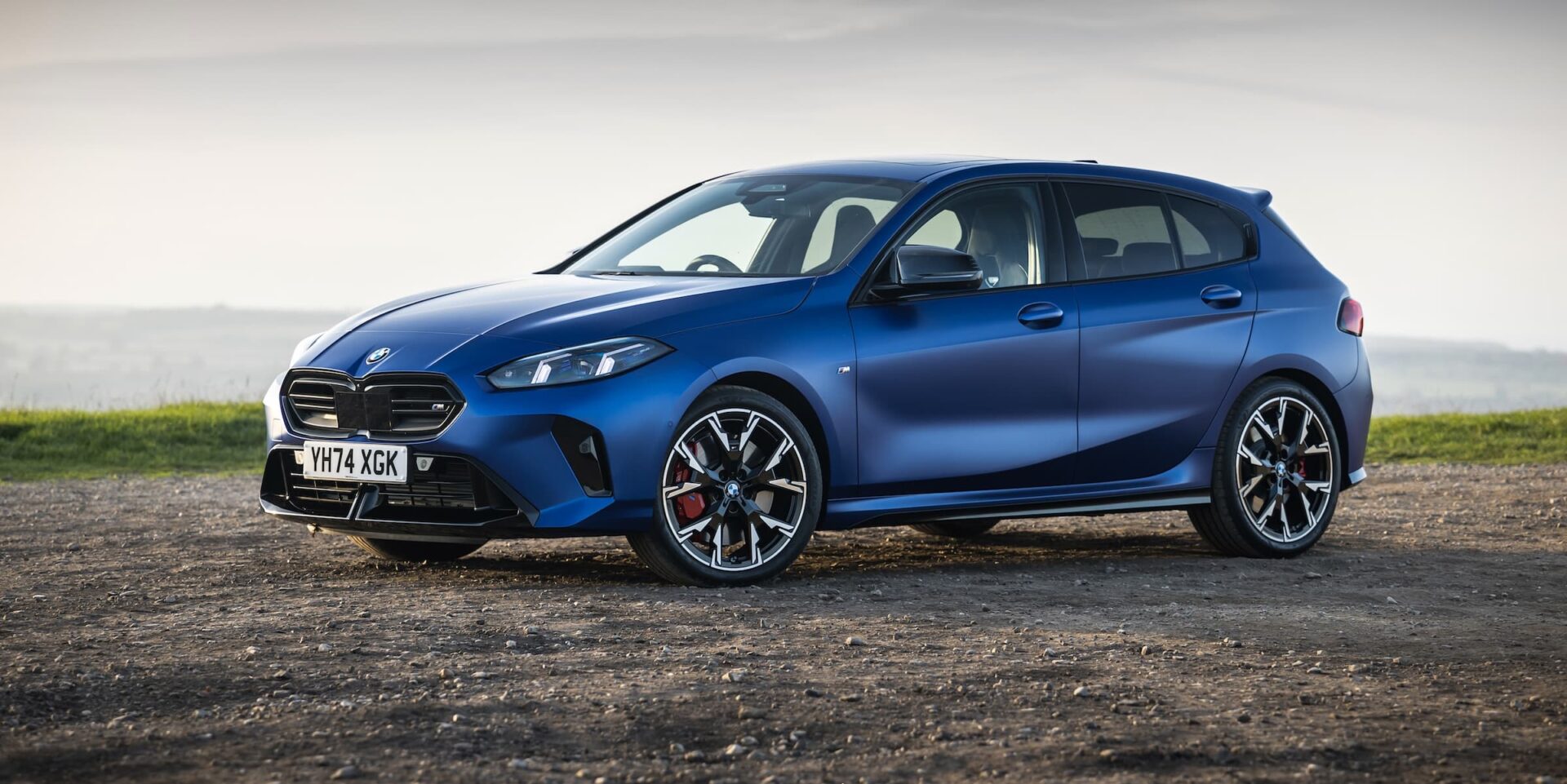
While the car excels in several areas, rear passenger space and boot capacity in the mild-hybrid version fall short compared to some rivals.
The exterior styling represents a bold shift from traditional BMW design and may not appeal to long-time fans, but the 1 Series’ competitive pricing compared to premium alternatives from Audi and Mercedes is certainly a strong selling point.
Since its launch over 20 years ago, BMW has sold more than three million 1 Series models. Rather than taking an evolutionary approach, the company has made substantial changes to the drivetrain, styling, and even the naming convention.
The 2024 update brought major exterior revisions, including a redesigned grille, new front bumper, slimmer headlight clusters, updated rear lights, and a reshaped rear bumper.
As part of a wider strategy to avoid confusion with its all-electric i-badged models, BMW has removed the ‘i’ designation from models like the 120, 123 xDrive, and M135.
The trim structure mirrors that of other BMW models, with Sport at the entry level, M Sport in the middle, and the high-performance M135 at the top.
The regular 120 model features a 1.5-litre turbocharged three-cylinder engine paired with a mild-hybrid system, delivering a combined output of 168bhp and 280Nm of torque. The 123 xDrive uses a 2.0-litre engine, also with mild-hybrid technology, offering 215bhp and 360Nm of torque.
A significant mechanical change across the range is the removal of the six-speed manual gearbox, replaced by a seven-speed Steptronic automatic transmission.
The M135, branded as the ‘M model’, is the sportiest version and competes with hot hatches such as the Audi S3, Mercedes-AMG A 35, and Volkswagen Golf R.
It features a turbocharged 2.0-litre four-cylinder engine with 296bhp and all-wheel drive, enabling it to go from 0-62mph in just 4.9 seconds.
Inside, the updated 1 Series includes a redesigned dashboard and a new dual-screen display setup. One notable change is the absence of the iDrive rotary controller from the center console, reflecting BMW’s move toward a more touchscreen-oriented interface.
The base Sport trim comes well-equipped with 17-inch wheels, heated seats, power-folding mirrors, automatic climate control, and BMW’s Live Cockpit Plus system, which includes BMW Maps and cloud-based navigation. Apple CarPlay and Android Auto are also integrated as standard.
Moving up to the M Sport trim adds sportier exterior styling with redesigned bumpers and side skirts, 18-inch wheels, Alcantara-trimmed sport seats, an M Sport steering wheel, and distinctive BMW M color stitching on the dashboard.
The switch from rear-wheel drive has altered the 1 Series’ handling characteristics. While it no longer has the playful, tail-happy nature it once did, the new setup—particularly in the M135 with its all-wheel drive—offers a well-controlled and engaging driving experience.
The standard 120 remains one of the most enjoyable family hatchbacks to drive. In terms of efficiency, the 1 Series leads most of its competitors, with the 120 capable of achieving up to 52.3mpg.
Emissions are reasonable for this class, although the lack of a plug-in hybrid variant may deter company car buyers seeking lower tax rates. Additionally, the discontinuation of the 118d and 120d diesel options is a drawback for drivers covering high mileages.
The interior quality of the BMW 1 Series is among the best in the segment, with premium materials and solid build quality throughout.
However, the shift to a touchscreen-dominated control layout raises concerns about user-friendliness, and the new operating system isn’t particularly quick.
Despite this, the 1 Series remains a compelling option in the premium hatchback class, combining performance, technology, and premium feel with a distinctive character.
Honda Civic (2022–present)
Reliability rating 97.6%
Honda’s reputation for manufacturing long-lasting and trouble-free vehicles is well earned, and the latest Civic continues this tradition.
It offers an enjoyable driving experience, excellent fuel efficiency, and enough interior space to comfortably fit a family of four.
Compared to the previous generation, the current Civic has seen a significant drop in reported issues just 8% of owners experienced problems, versus 27% for the earlier model.
The only issue raised concerned the steering system. Although Honda handled all repairs at no cost, each affected vehicle was out of service for more than a week.
For the 2022 model year, the Honda Civic compact car receives a significant update, featuring a more mature exterior design, upgraded technology, and a refined interior layout. These enhancements, along with its well-rounded performance, have earned it a place on the Editors’ Choice list.
The Civic offers a variety of four-cylinder engines, including a turbocharged 1.5-liter option. Front-wheel drive remains standard, as Honda has confirmed that all-wheel drive is not in the plans.

Notable tech upgrades—such as a larger infotainment screen, wireless smartphone integration, and enhanced driver-assistance systems—help the Civic stay competitive against rivals like the Hyundai Elantra, Mazda 3, and Toyota Corolla.
The 2022 Civic debuts as a fully redesigned model available in both sedan and hatchback variants, continuing the tradition of offering practical body styles.
It ranks at the top of the “Best Compact Cars for 2022” list, ahead of the Mazda 3, Volkswagen Jetta, Hyundai Elantra, and others. The Civic’s pricing starts at $23,645 and goes up to $31,145 depending on the selected trim and features.
Among the trims, the EX sedan stands out as a recommended choice due to its added features such as blind-spot monitoring, a power sunroof, dual-zone automatic climate control, heated mirrors, and heated front seats.
Additionally, it comes standard with the more powerful 180-hp turbocharged engine. For those preferring the hatchback version, the EX-L is the best option, offering similar equipment with the added bonus of leather upholstery.
Despite the comprehensive redesign, Honda has retained the powertrains from the previous generation.
Entry-level models are powered by a 158-hp 2.0-liter four-cylinder engine, while higher trims feature a turbocharged 1.5-liter four-cylinder engine that now produces 180 horsepower. All 2022 Civics are front-wheel-drive only.
The manual transmission has been dropped from the sedan models, leaving a continuously variable automatic transmission (CVT) as the only option, although hatchback models still offer a six-speed manual.
In performance tests, the turbocharged Touring sedan reached 60 mph in 7.5 seconds, which is slightly slower than the previous model. The manual Sport Touring hatchback performed marginally better, clocking in at 7.3 seconds.
Fortunately, the lively handling, precise steering, and composed ride quality that defined the last generation are still very much part of the new Civic’s driving experience.
Honda is also working on sporty Si and high-performance Type R models, both of which will feature manual gearboxes and are reviewed separately.
Fuel efficiency is another strong point for the Civic. According to EPA estimates, the mid-range EX trim is the most economical, delivering 33 mpg in the city, 42 mpg on the highway, and 36 mpg combined.
During real-world testing on a 75-mph highway route, the 2022 Civic Sport hatchback achieved 36 mpg. More detailed fuel economy data is available on the EPA’s website.
Inside, the 2022 Civic features a cleaner, more sophisticated interior design. The dashboard includes a full-width honeycomb mesh pattern that cleverly conceals the air vents, while the center console has been simplified for a less cluttered appearance.
A large, deep storage bin in front of the shifter provides a practical space for items like phones, keys, or snacks. Honda notes that passenger space remains largely unchanged from the previous generation, while the hatchback version offers increased cargo capacity.
In terms of infotainment and connectivity, the Civic comes with a standard 7.0-inch touchscreen, but a larger 9.0-inch version is available, along with a 10.2-inch digital instrument cluster.
Also Read: 10 Best V6 Sports Cars That Don’t Sacrifice Reliability
Hyundai Ioniq hybrid (2016–2022)
Reliability rating 96.5%
The Ioniq was the first vehicle available for purchase offering three different electrified powertrains: a hybrid (HEV) combining a petrol engine with an electric motor, a plug-in hybrid (PHEV) featuring a larger battery that could be externally charged, and a fully electric version (EV).
Among the three, the hybrid stands out as the most enjoyable to drive, and it also proves to be more dependable than the electric model. While 20% of Ioniq hybrids experienced problems, the figure rose to 47% for electric versions.
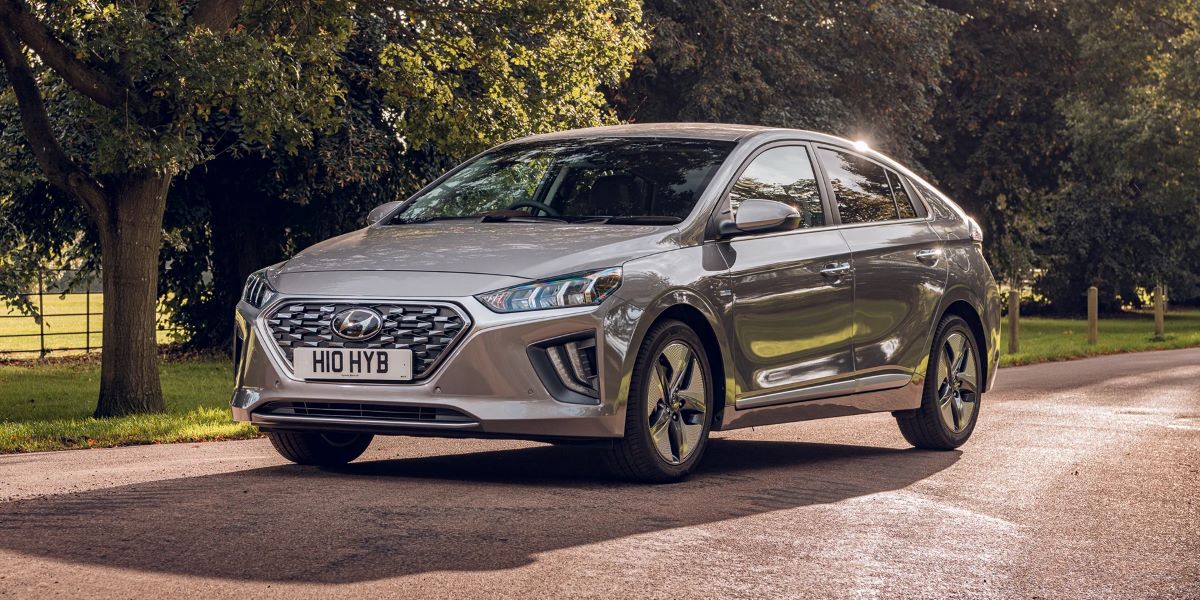
Hybrid owners most frequently cited issues with the bodywork, brake system, and sat-nav/infotainment unit.
On the plus side, 75% of affected cars were repaired within a day, 88% of repairs were covered by Hyundai, and no out-of-pocket costs exceeded £200 for the remaining customers.
Cars with the Worst Transmission
Transmissions… they’re the Robin to the engine’s Batman. One simply doesn’t function without the other. But what happens when the transmission fails? That’s when the real trouble starts.
A faulty transmission isn’t just a bump in the road it’s a sign you’re about to hand over a hefty sum to your mechanic.
That’s exactly why we’ve dug into Consumer Reports to uncover the worst culprits when it comes to transmission reliability. If you’re shopping for a used vehicle, this is one list you won’t want to ignore.
2019 Kia Forte
At first glance, the Kia Forte appears to be a smart choice affordable, stylish, and great on gas. But don’t let appearances deceive you. Some owners experienced transmission failures as early as 12,000 miles.
One unfortunate driver even faced a failure at just 4,300 miles, resulting in more than a month without their vehicle.
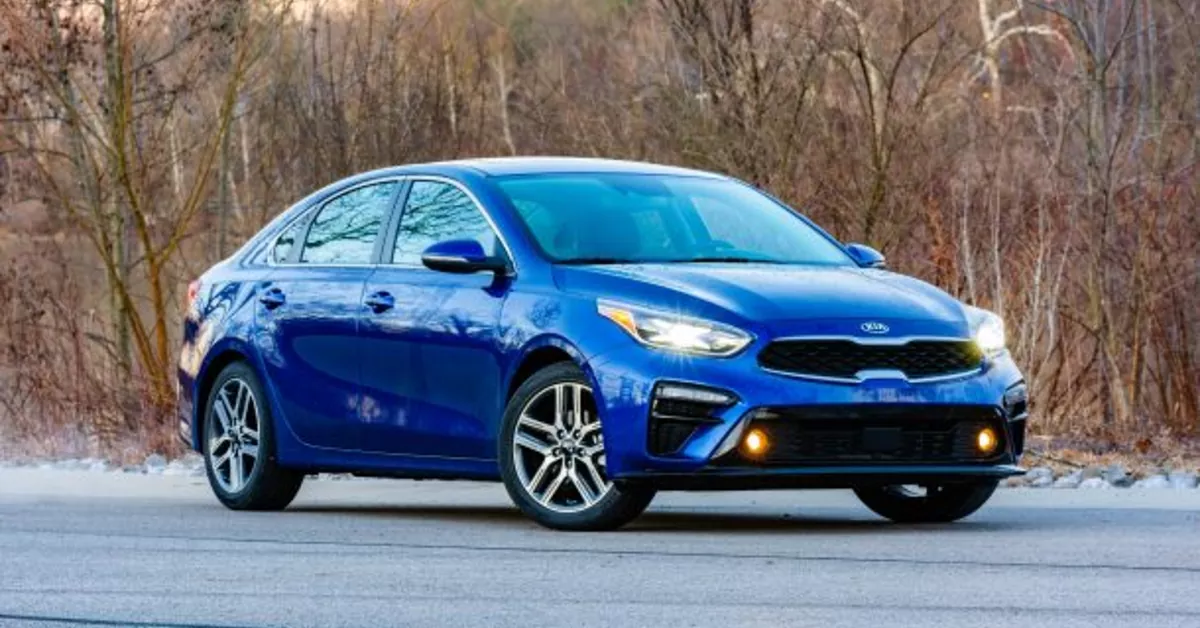
While Kia has made progress in improving reliability, the 2019 Forte serves as a reminder that not every model hits the mark. If you’re working within a tight budget, this is one “deal” best left on the lot.
2021 Ford Escape
Ford’s transmission troubles aren’t just a thing of the past the 2021 Escape is living proof that those issues persist. Even with a refreshed design, drivers have reported rough shifting, problems with the all-wheel-drive system, and transmissions getting stuck in low gears.
One Reddit user revealed their transmission gave out after only 36,000 miles just a year into owning the vehicle! With a dismal 8/100 reliability score from CR, it’s clear this Escape isn’t escaping its transmission problems anytime soon.
The Kia Forte played a significant role in transforming the Korean automaker’s reputation when it took over from the underwhelming Spectra.
Built on a stiffer platform, the latest Forte showcases Kia’s updated design language, including distinctive quad LED daytime running lights positioned alongside the main headlights and a streamlined interior layout. For the U.S. market, the sedan remains the sole available body style.
The third-generation Forte introduces new exterior styling and an upgraded infotainment system. Notably, it also debuts Kia’s first continuously variable transmission (CVT), which replaces the traditional six-speed automatic transmission.
Kia has given the Forte a more mature appearance, thanks to its clean styling and thoughtfully designed interior.
However, the powertrain leaves room for improvement. The CVT feels sluggish even in Sport mode, draining enthusiasm from the driving experience. The 2.0-liter four-cylinder engine becomes excessively noisy at full throttle, generating more sound than actual acceleration.
The ride quality also suffers due to a stiff suspension setup that reacts harshly to even minor road imperfections. Nevertheless, the Forte’s technology features, attractive design, and respectable safety ratings make it a worthy contender for consideration.
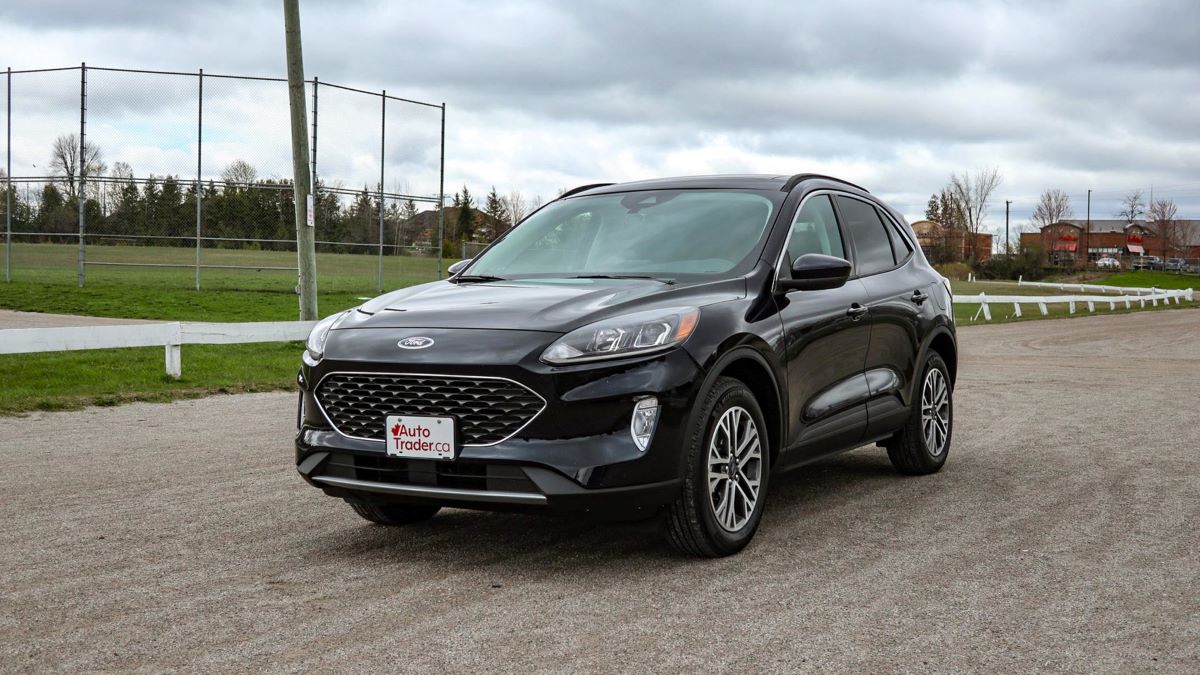
Under the hood, the 2019 Kia Forte is equipped with a 2.0-liter inline-four engine producing 147 horsepower and 132 lb-ft of torque. When paired with the standard six-speed manual transmission, the Forte delivers EPA-estimated fuel economy of 27 mpg in the city and 37 mpg on the highway.
CVT-equipped models are more efficient, with the S and EX trims rated at 30/40 mpg city/highway, and the more economical FE trim achieving 31/41 mpg.
The 2019 Kia Forte earned a four-star overall safety rating from the National Highway Traffic Safety Administration (NHTSA).
It also received the IIHS’ 2019 Top Safety Pick+ designation, scoring Good—the highest possible rating—in all crashworthiness tests and the headlight test when equipped with the optional LED headlights.
However, models with standard halogen headlights received a Poor rating in the same test. On the front crash prevention assessment, the Forte achieved a Superior rating in the vehicle-to-vehicle test and an Advanced rating in the vehicle-to-pedestrian test, with Superior being the highest score.
Standard safety features on the 2019 Forte include forward collision warning, automatic emergency braking, lane departure warning, and lane keeping assist. Blind-spot monitoring and rear cross-traffic alert are exclusive to the EX trim, where they come standard.
Automatic high beams are available through the S Premium package on the S trim or as part of the EX Launch Edition package. Adaptive cruise control is only offered via the EX Launch Edition package.
The 2019 Kia Forte comes equipped with Kia’s UVO infotainment system, featuring an 8.0-inch touchscreen and standard Apple CarPlay and Android Auto compatibility. The FE and LXS trims are fitted with a four-speaker audio system, while the S and EX trims include a six-speaker setup.
For enhanced audio quality and additional features, the EX Launch Edition package adds an eight-speaker Harman Kardon sound system along with built-in navigation.
2013–2014 Nissan Pathfinder
The Nissan Pathfinder used to be celebrated for its rugged off-road capabilities. However, in 2013, Nissan shifted gears toward a more urban-friendly design and the outcome was a transmission disaster.
Many drivers reported failures occurring around 58,000 miles, along with a staggering 11 recalls. Combined with low customer satisfaction ratings, this version of the Pathfinder is unlikely to take you anywhere worth going.
The 2014 Nissan Pathfinder presents a strong and appealing package, thoughtfully designed with features and trim levels that cater to families in need of a mid-size crossover.
Now in its second year in this form, the Pathfinder has solidified its role as a seven-seat crossover utility vehicle tailored for suburban family life.
With ample flexibility and interior space, it rivals and often surpasses key competitors in the mid-size utility segment, such as the Toyota Highlander, Ford Explorer, and Honda Pilot.
The vehicle’s curvaceous exterior styling effectively conceals its overall size and height. From a distance, the Pathfinder appears sleek and modest, but up close, its large dimensions become clear.
The term “rakish” is a fitting description for this tall wagon, which incorporates the familiar design language found across the Nissan lineup.
It features a bold chrome grille, sculpted front fenders, and accentuated rear fenders that contribute to a smoother and more cohesive look than many other vehicles in its class.
Inside the Pathfinder, there are clear influences from Nissan’s luxury brand, Infiniti, though the interior remains conservative, with just two color options and rather ordinary materials for the upholstery and trim.
However, once behind the wheel, drivers may forget they’re piloting a three-row crossover. The cabin has been crafted to maximize passenger comfort and elbow room.
Despite similar width to its rivals, the Pathfinder is notably longer than the Ford Explorer, Toyota Highlander, or Honda Pilot—closer in length to the Mazda CX-9.
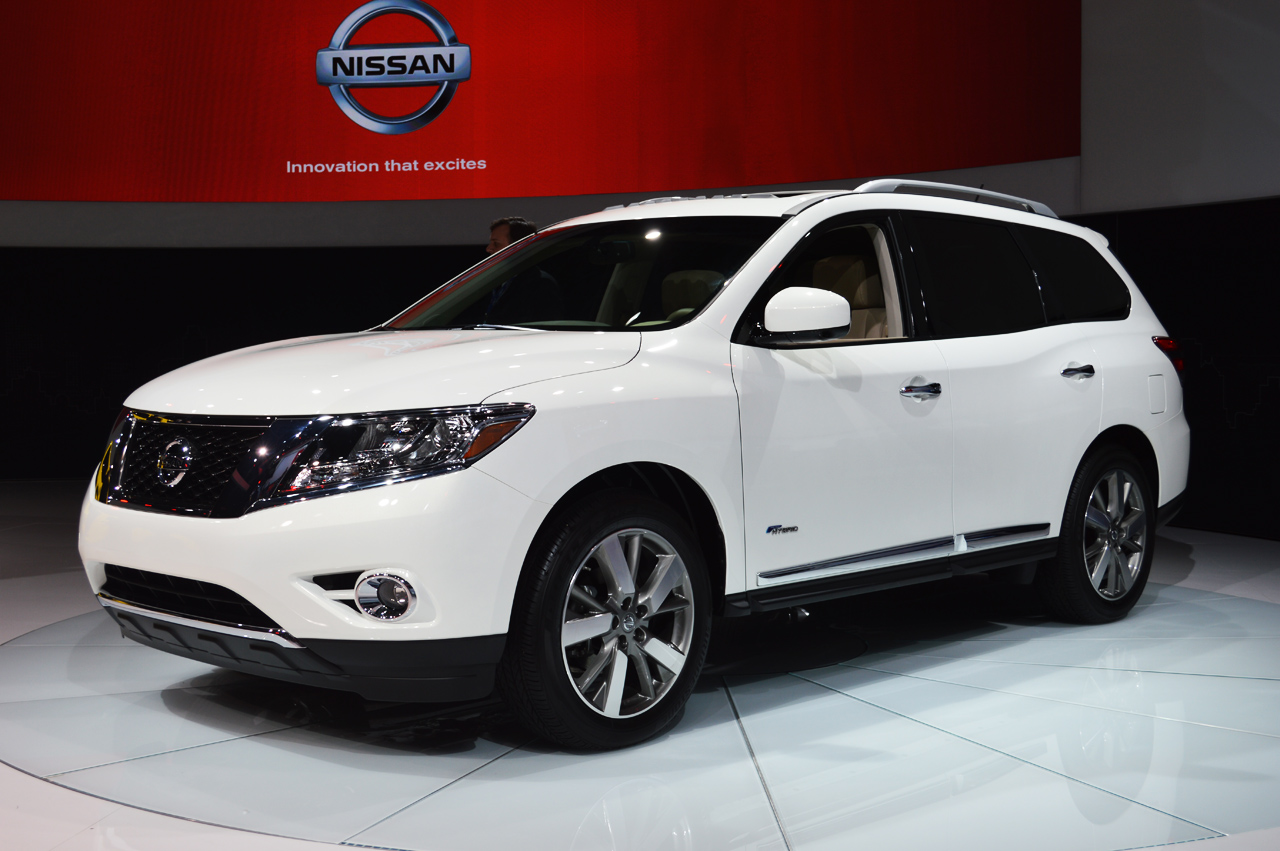
That extra length is put to good use, allowing for two functional rows of seating and a third row that is more accessible and practical than what competitors offer.
The second-row bench seat slides to offer additional legroom when the third row is unoccupied. It also features a cleverly engineered folding mechanism that enables easier access to the third row while allowing child seats to remain in place—an especially family-friendly touch.
The third row itself includes low, flat cushions akin to a minivan’s, offering enough headroom for teenagers and more space than the cramped accommodations usually found in similar crossovers. While still tight for adults, it is roomier than most.
For 2014, the Pathfinder introduces a new hybrid option alongside the standard 3.5-liter V-6 engine with 260 horsepower and a continuously variable transmission (CVT), which was the sole powertrain the previous year.
The hybrid setup combines a supercharged 2.5-liter four-cylinder engine with a 15-kilowatt (22-hp) electric motor located between the engine and CVT, and a clutch on either side. This hybrid system delivers a total of 250 horsepower, only 10 less than the V-6.
The addition of the hybrid model is significant, marking the first of its kind in Pathfinder history and directly challenging the Toyota Highlander Hybrid. However, Nissan’s mild hybrid system doesn’t quite match the fully developed hybrid experience Toyota offers.
Still, the Pathfinder’s reimagined approach embraces front-wheel drive as standard, trading some of its former ruggedness and towing strength for comfort and family-oriented amenities that better position it in the mid-size crossover segment.
The V-6 and CVT combination features a wide ratio spread and a durable chain instead of a belt, resulting in smooth acceleration and lower engine revs while cruising—all in service of improved fuel economy. There is a noticeable lag during hard acceleration, but the engine runs on regular gasoline.
The hybrid version offers a combined EPA-estimated fuel economy of 26 mpg (25 mpg city, 27 mpg highway) and can be equipped with all-wheel drive. The lithium-ion battery is cleverly placed beneath the rear cargo floor, maintaining the same storage space as the standard model.
With a 19.5-gallon fuel tank shared with the V-6 version, the hybrid Pathfinder boasts a driving range exceeding 500 miles—more than enough for most family road trips between rest stops.
Distinctive features of the hybrid Pathfinder include LED taillights and an energy-flow display integrated into the infotainment screen.
All all-wheel-drive Pathfinders come with selectable driving modes: 2WD, Auto, and 4WD Lock. In Lock mode, the system evenly distributes power between front and rear axles while side-to-side torque distribution is electronically controlled for optimal traction.
The 2WD setting provides marginally better fuel efficiency on dry roads. Properly equipped, the hybrid can tow up to 3,500 pounds, compared to the 5,000-pound rating of the V-6 model.
2014 Infiniti QX60
The Infiniti QX60 delivers a smooth and luxurious driving experience right up until the transmission fails. For a vehicle with a $50,000 price tag when new, you’d expect a higher level of dependability.
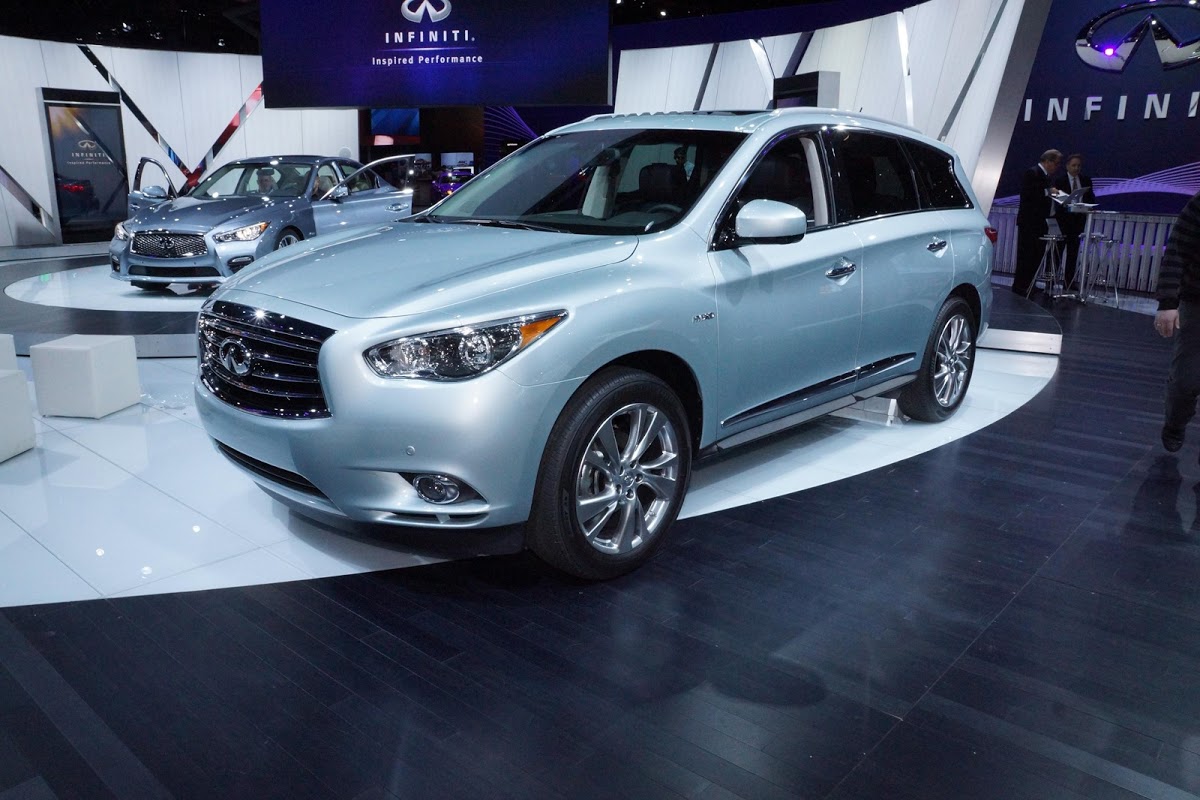
But unfortunately, that’s not the case CVT issues have been reported as early as 90,000 miles, with some owners experiencing problems less than 10,000 miles after a previous repair.
Although the Infiniti JX35 was introduced as a new model in 2013, the seven-passenger, three-row crossover takes on a new identity for 2014 as the Infiniti QX60.
The standard engine remains the same—a 3.5-liter V-6 producing 265 horsepower and 248 lb-ft of torque—but a hybrid version is newly available this year.
The 2014 QX60 Hybrid features a supercharged 2.5-liter inline-four engine paired with a 15-kW electric motor. The lithium-ion battery pack, situated beneath the third-row seat, does not compromise either passenger or cargo space.
The combined output of the hybrid powertrain is estimated at 250 horsepower and 243 lb-ft of torque. An intelligent regenerative braking system contributes to battery recharging.
Both the standard and hybrid powertrains are paired with a continuously variable transmission (CVT) and can be configured with either front-wheel drive or all-wheel drive. The EPA rates the 2014 QX60 at 20/26 mpg city/highway in both drivetrain setups.
Although the QX60 Hybrid has not yet received an official EPA rating, Infiniti anticipates a combined fuel economy of 26 mpg, offering an efficiency boost over the gasoline-only model. The hybrid version is expected to carry a modest price premium of just $3000 over the base model.
In our 2013 Infiniti JX35 AWD First Test, we found the three-row crossover to be well-suited to suburban driving environments.
“Although its 265-horsepower 3.5-liter VQ35DE isn’t the most powerful engine, it performs well in this particular package and can get the 4500 pound JX to 60 mph in 7.9 seconds; passing the quarter-mile marker takes 16.1 seconds while traveling 90 mph.
All 248 lb-ft of torque are sent to either the front two or all four wheels depending on trim… Mated to a retuned CVT, the powertrain is astute enough for the city blocks and highway overpasses it will likely encounter on a daily basis.
2012–2015 Nissan Sentra
And here it is the title for worst transmission goes to none other than the 2012–2015 Nissan Sentra. It may be compact, budget-friendly, and fuel-efficient, but its CVT is nothing short of a disaster.
Some owners experienced failures as early as 40,000 miles, plagued by rough shifting and constant transmission noise that made driving a chore.
Consumer Reports gave the Sentra a dismal reliability score and for good reason. If you’re thinking about buying one, don’t. You’ll be sparing yourself endless frustration and costly repairs.
The Sentra was never designed to stir emotions or deliver excitement; rather, it was created to offer basic sedan transportation that is practical, safe, economical, and affordable.
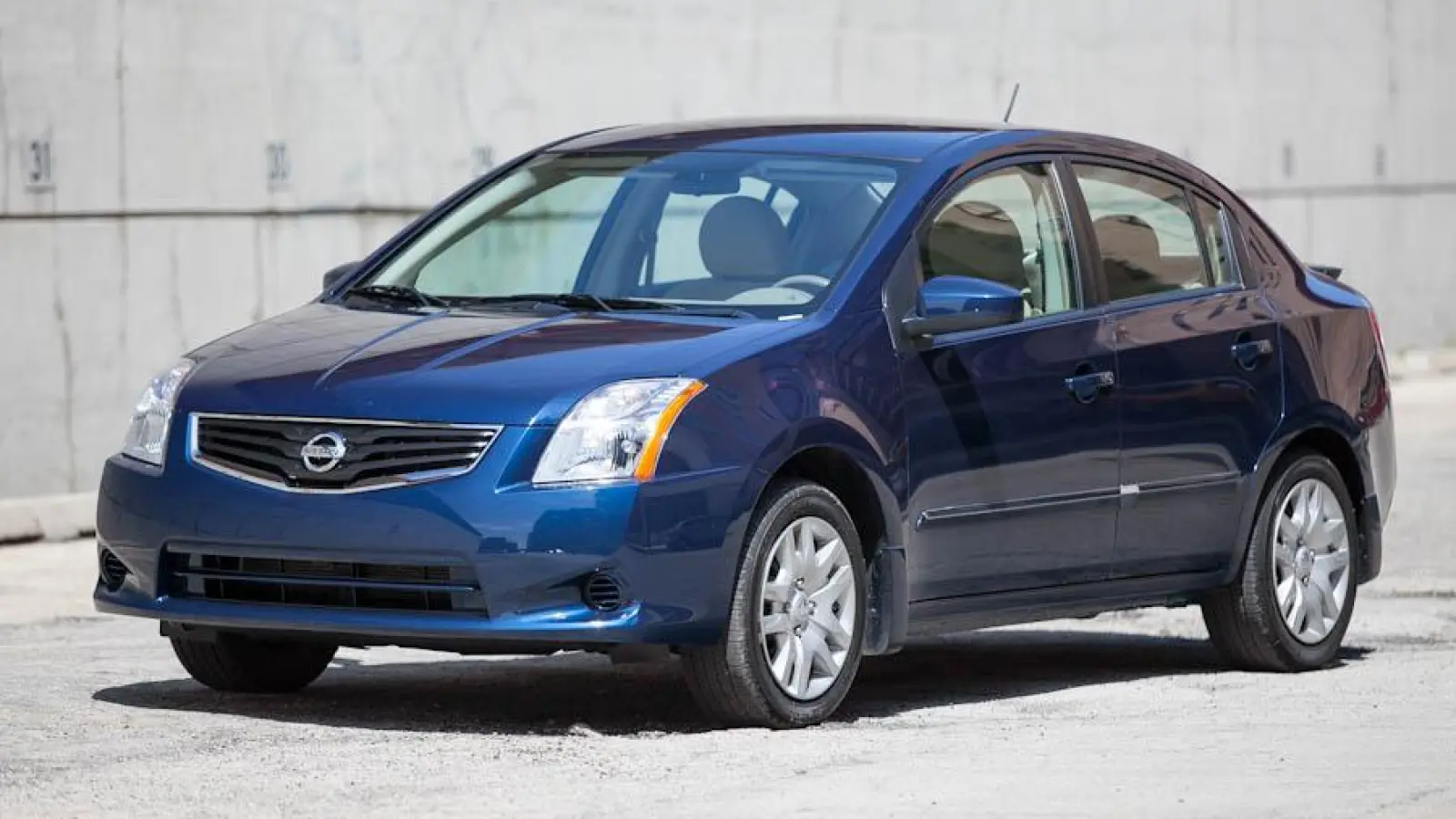
The existence of no fewer than eight generations of the Nissan Sentra highlights how essential no-frills, dependable transportation remains for many drivers.
Each generation of the Sentra has been available in the U.S., beginning with the B11 first generation, introduced for the 1982 model year.
Throughout the 1980s and 1990s, Nissan released new versions of the Sentra every four to five years, each one building upon the foundation of an accessible and budget-friendly sedan.
The 2007 model year brought the B16 generation, which marked a significant improvement over its predecessor, addressing issues such as noise and limited interior space.
Following that, the B17 generation launched for the 2013 model year introduced even greater spaciousness and refinement and eventually included a more powerful turbocharged engine.
The most recent generation, the B18, debuted for the 2020 model year and brought with it a sharper and more modern design, continuing the model’s evolution while maintaining its core values.

